And someday it could be put to great use inside your body.
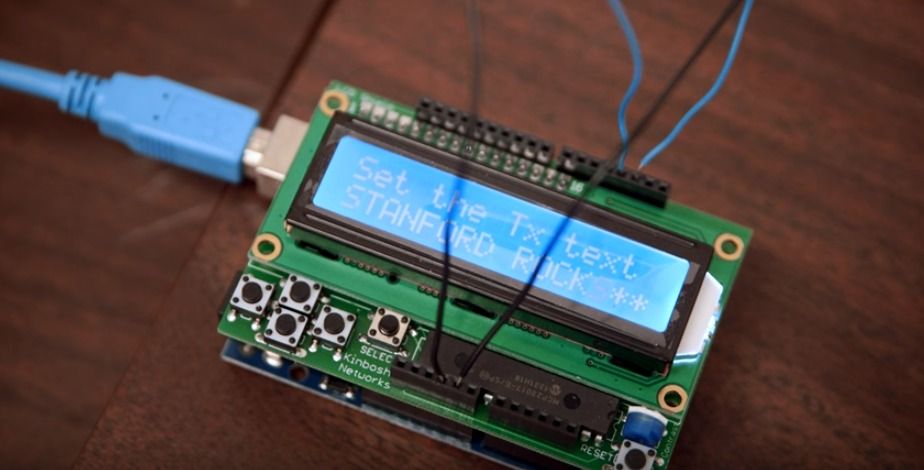

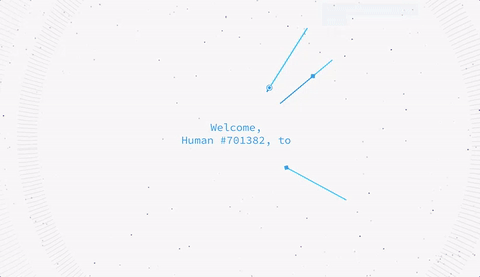

If objects in motion are like rainwater flowing through a gutter and landing in a puddle, then quantum objects in motion are like rainwater that might end up in a bunch of puddles, all at once. Figuring out where quantum objects actually go has frustrated scientists for years.
Now a Yale-led group of researchers has derived a formula for understanding where quantum objects land when they are transmitted. It’s a development that offers insight for controlling open quantum systems in a variety of situations.
“The formula we derive turns out to be very useful in operating a quantum computer,” said Victor Albert, first author of a study published in the journal Physical Review X. “Our result says that, in principle, we can engineer ‘rain gutters’ and ‘gates’ in a system to manipulate quantum objects, either after they land or during their actual flow.”
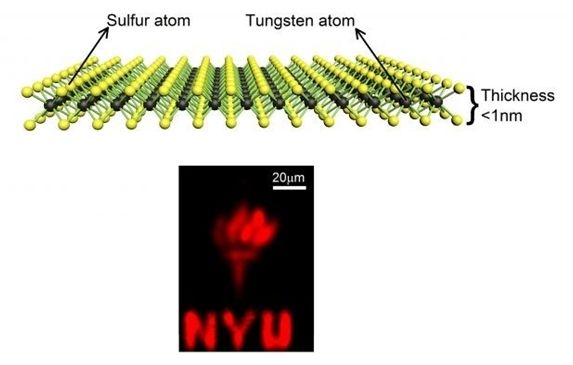
Research out of New York University’s Tandon School of Engineering has found a new method for developing electronics at the atomic scale — and it’s difficult to get much smaller than that.
Scientists and engineers have previously tried developing electronics using two-dimensional or monolayer electronic materials like graphene to make transistors, but found that the material’s lack of an energy band gap poses difficulties for semiconductor applications.
The new research by assistant professor of electrical and computer engineering Davood Shahrjerdi and doctoral student Abdullah Alharbi, has shown that using a monolayer of tungsten disulfide might be the key to unlocking the potential in nano-scale electronics.


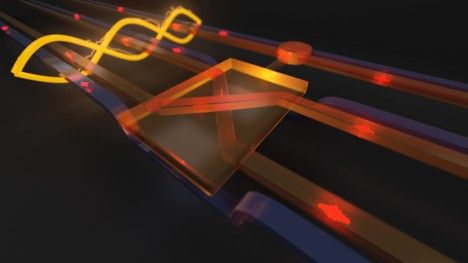
A team of researchers from the University of Manchester announced Monday they had taken a significant step forward in the creation of viable quantum computers. In a study published in the latest edition of the journal Chem, the researchers provided evidence that large molecules made of nickel and chromium could be used as qubits — the quantum computing equivalent of the bits used to store and process information in conventional computers.
According to the study, it is possible, at least in theory, to use molecular chemistry to connect these molecules, thereby creating several stable qubits that can then be used to create two-qubit logic gates.
“We have shown that the chemistry is achievable for bringing together two-qubit gates — the molecules can be made and the gates can be assembled,” lead author Richard Winpenny said in a statement. “The next step is to show that they work.”

“I haven’t placed a vote on a blockchain yet, but it’s so simple to do that I expect I will be doing it frequently soon enough.”
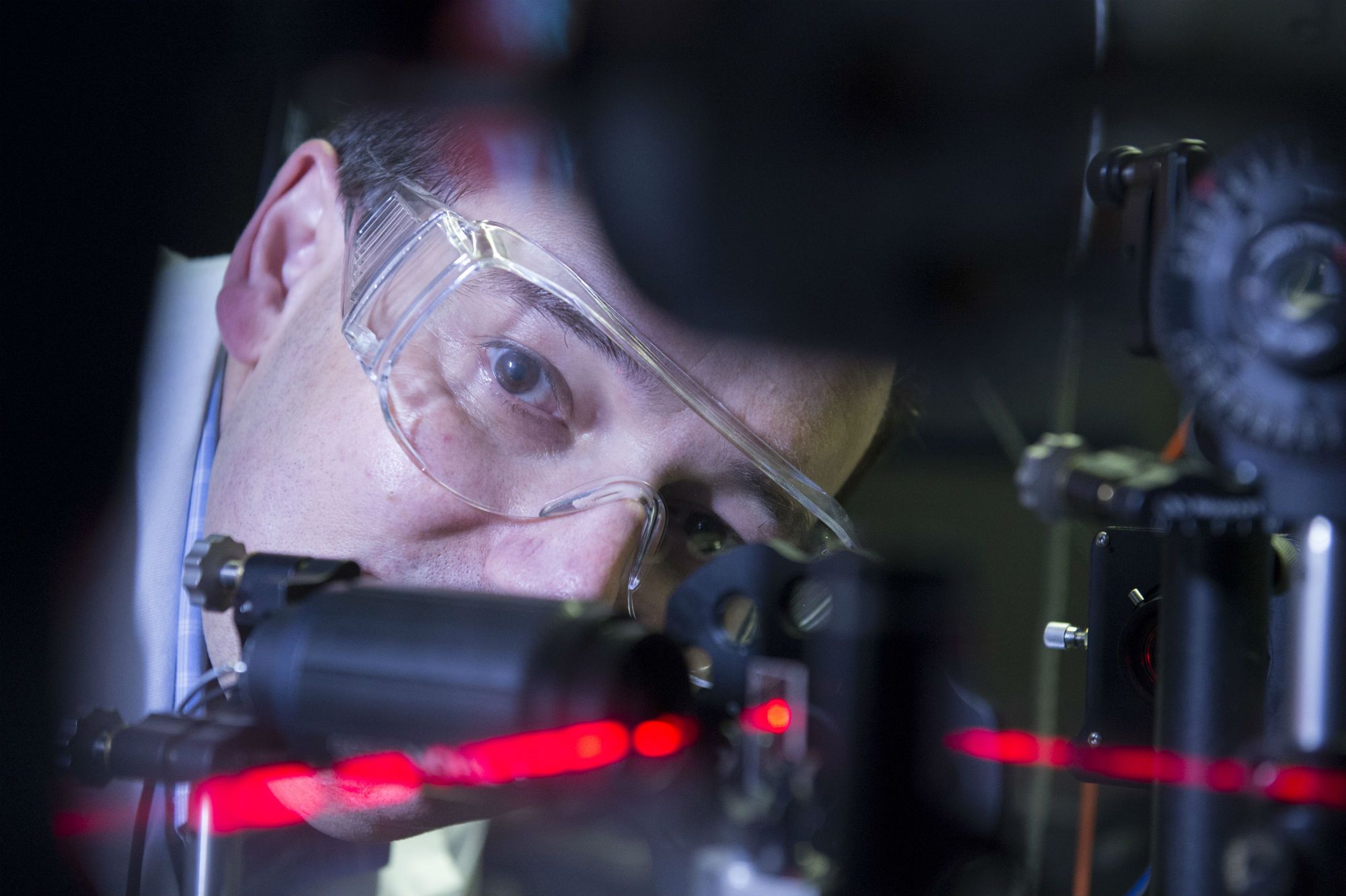
Quantum computing is heralded as the next revolution in terms of global computing. Google, Intel and IBM are just some of the big names investing millions currently in the field of quantum computing which will enable faster, more efficient computing required to power our future computing needs.
Now a researcher and his team at Tyndall National Institute in Cork have made a ‘quantum leap’ by developing a technical step that could enable the use of quantum computers sooner than expected.
Conventional digital computing uses ‘on-off’ switches, but quantum computing looks to harness quantum state of matters – such as entangled photons of light or multiple states of atoms – to encode information. In theory, this can lead to much faster and more powerful computer processing, but the technology to underpin quantum computing is currently difficult to develop at scale.
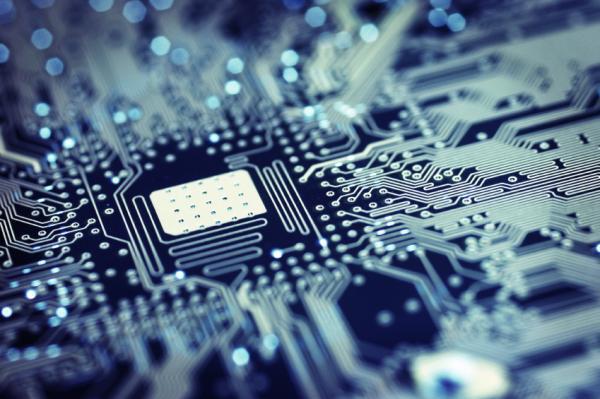
QC micro devices are coming.
Researchers from The University of Manchester have taken a significant step closer to demonstrate that it is possible to create miniscule – but very powerful – computers that could work at atomic scale.
Scientists have been working on the developing the theory of quantum computing for decades – that is, highly efficient and powerful computing created at atomic scale. Such computing would perform some computational tasks far more efficiently than the computers we currently use.
Now The University of Manchester has revealed breakthrough evidence that large molecules made of nickel and chromium could store and process information in the same way bytes do for everyday digital computers.